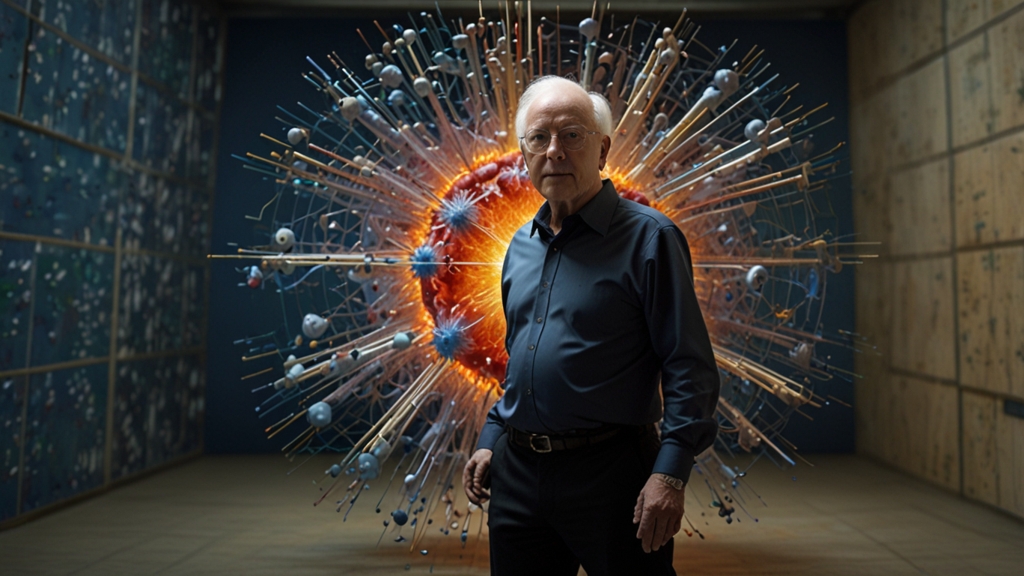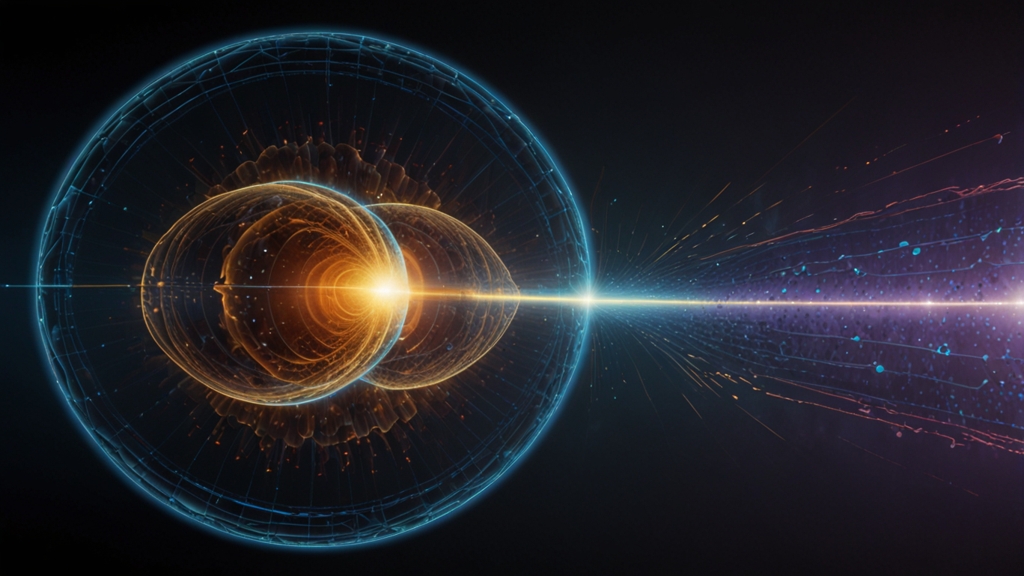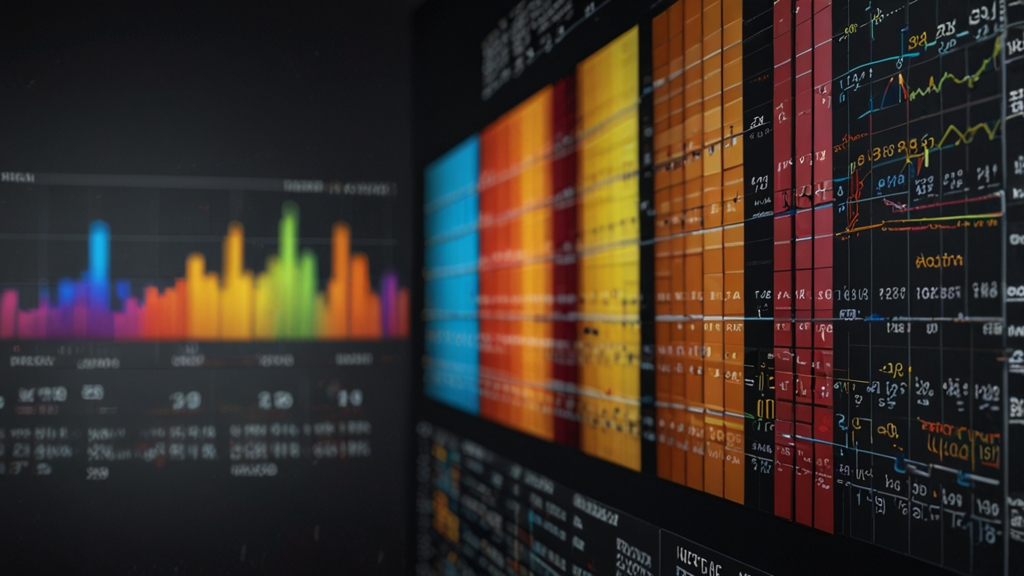The Higgs Boson: Unraveling the Fabric of Reality
The discovery of the Higgs Boson particle in 2012 by the scientists at CERN’s Large Hadron Collider (LHC) marked a monumental milestone in the field of particle physics. Often referred to as the "God Particle," the Higgs Boson is not only a crucial element in the Standard Model of physics but also sheds unprecedented light on the very fabric of reality.
The Genesis of the Higgs Boson
Named after the physicist Peter Higgs, the Higgs Boson was a theoretical particle predicted in 1964. This particle is associated with the Higgs Field, an energy field that exists throughout the universe. According to the Standard Model, particles acquire mass through their interaction with this field. Though the concept was compelling, it took almost five decades of experimentation and advanced technology to finally observe the Higgs Boson.
The Large Hadron Collider and the Discovery
The LHC is the world's most powerful particle accelerator, a titanic machine designed to smash protons together at near-light speeds. By analyzing the aftermath of these collisions, physicists are able to investigate the smallest constituents of matter. It was in these high-energy collisions that the Higgs Boson was first detected on July 4, 2012. The ATLAS and CMS experiments at CERN provided the critical data that led to this groundbreaking discovery.
The significance of the discovery cannot be overstated. Not only did it validate the existence of the Higgs Field, but it also provided the missing piece in the Standard Model, thus bolstering our comprehension of fundamental physics.
Implications for the Standard Model
The Standard Model of particle physics is a theory that describes three of the four known fundamental forces in the universe (electromagnetic, weak, and strong interactions, but not gravity). One of its central puzzles was how particles acquire mass. The discovery of the Higgs Boson confirmed that particles gain mass through their interactions with the Higgs Field, solving one of the biggest mysteries of the Standard Model.
Understanding the Higgs mechanism has profound implications for cosmology, particularly in explaining the conditions that existed just moments after the Big Bang, leading to the distribution of mass and the formation of the universe as we know it.
Beyond the Standard Model
While the discovery of the Higgs Boson is a monumental achievement, it also opens up new questions and avenues for research. One major area of interest is how the Higgs Boson might relate to other unresolved issues in physics, such as the nature of dark matter and the unification of general relativity with quantum mechanics. The Higgs Field itself might offer insights into these profound mysteries, potentially leading to breakthroughs that could redefine our understanding of reality.
The Ongoing Quest
Scientists continue to delve deeper into the properties of the Higgs Boson. Is it the sole particle related to the Higgs Field, or could there be more Higgs-like particles waiting to be discovered? Extended research aims to answer these questions, with each new discovery adding another layer to our understanding of the universe.
Furthermore, the techniques and technologies developed for detecting the Higgs Boson are paving the way for future advancements in both theoretical and applied physics. From medical imaging technologies to advancements in quantum computing, the ripple effects of this discovery are vast and varied.
In the words of Peter Higgs, "It's very satisfying to find out that a hypothesis you made almost 50 years ago is proven, especially when many people said it couldn't be done."
Conclusion
The discovery of the Higgs Boson is more than a scientific triumph; it is a gateway to understanding the underlying principles that govern the universe. As we continue to explore and analyze this enigmatic particle, we move closer to unraveling the intricacies of the Higgs Field and, by extension, the fabric of reality itself. This journey is a testament to human curiosity and the relentless pursuit of knowledge, promising exciting frontiers for future generations of physicists and cosmologists.














